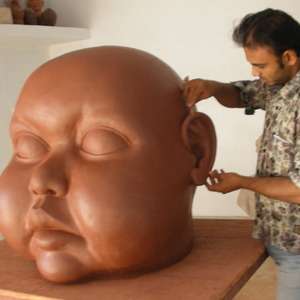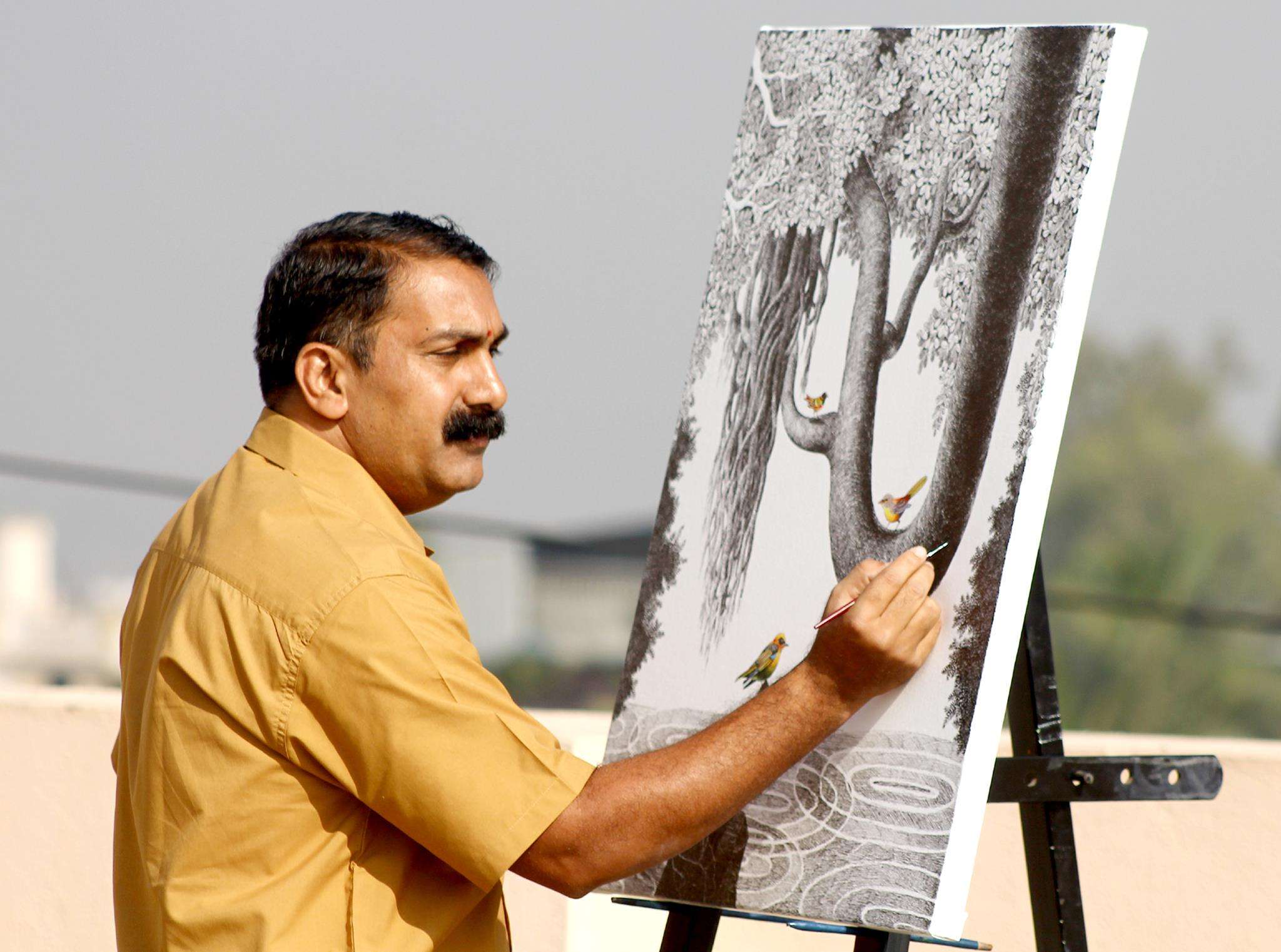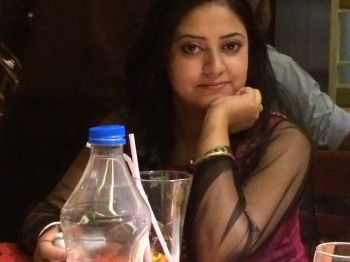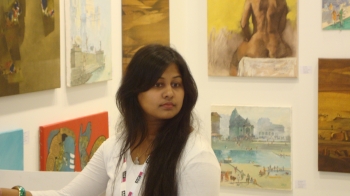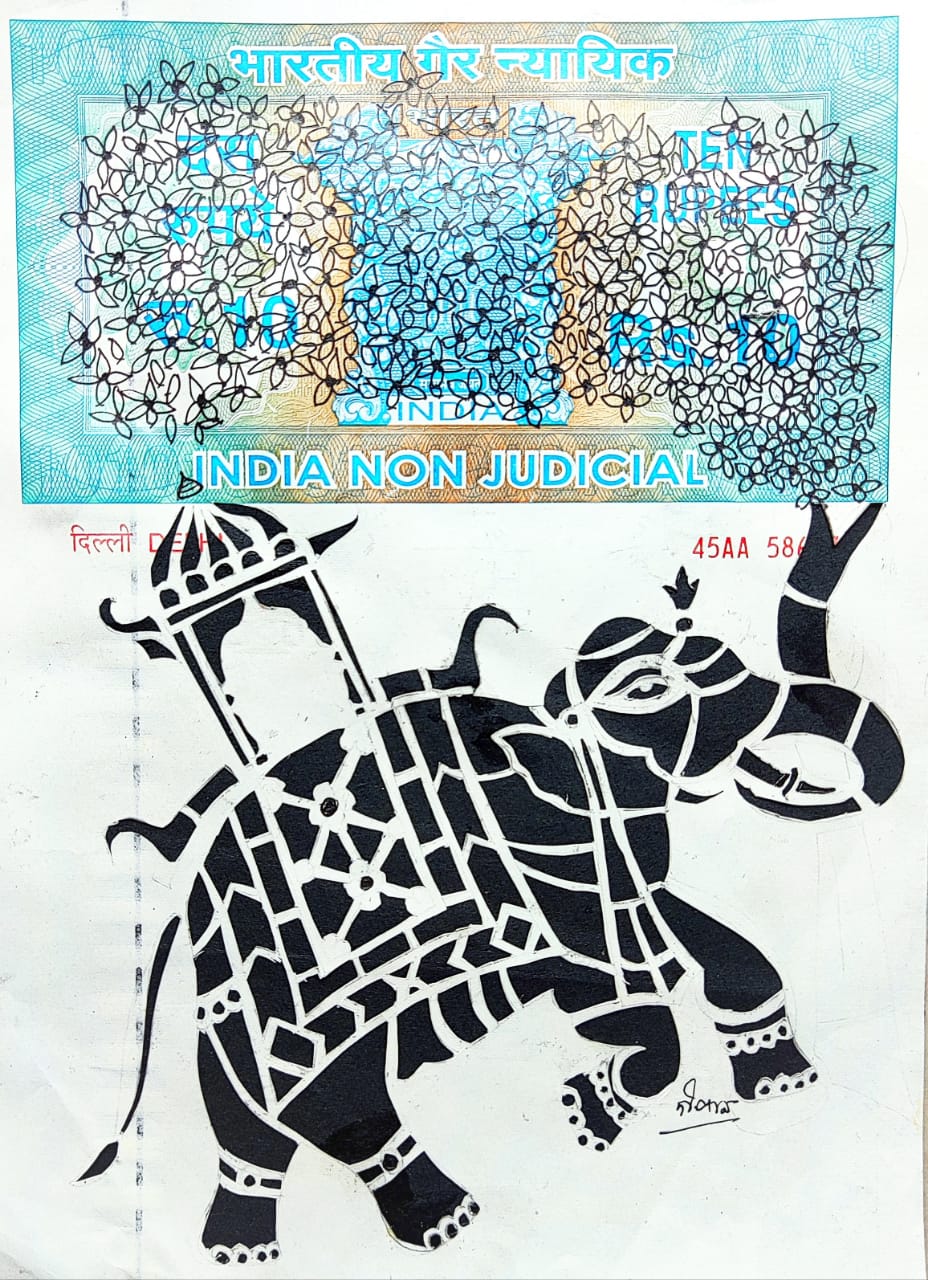
A colorful tapestry of cultural expressions and skills passed down through the generations makes up traditional art. It includes a variety of mediums, such as painting, sculpture, and textiles, all of which reflect the identity and history of their respective artists.
Traditional art retains its historical relevance while adjusting to current influences as civilizations change. It still serves as an inspiration to modern artists who creatively bridge the past and present by reinterpreting ancient techniques. This vibrant interaction promotes awareness and understanding of other cultures in addition to enhancing artistic expression.
Traditional art is a powerful reminder of our collective past and the ongoing ability of artistic practices to outlast time and bind us all to our roots in the increasingly globalized world we live in.
Journey Through History and Cultural Evolution of Traditional Art
The earliest humans painted their surroundings on cave walls, which is where traditional Indian art forms have their roots. This was during the start of civilization. These prehistoric designs, similar to those found in the cliff dwellings of Bhimbetka, established the groundwork for a wide variety of creative endeavors that developed over the centuries.
Indian art evolved alongside the country's society. Beautiful ceramics and seals from the Indus Valley Civilization honored religion and everyday existence. Exhibiting a strong bond between art and religion, the Ajanta and Ellora caves are prime examples of the magnificent temple art and sculptures that arose during the time of classical civilization. Indian and Persian artistic traditions were combined during the Mughal Empire to create beautiful miniature artwork that depicted court life and the natural world.
Regional styles emerged during the medieval era, such as Tanjore paintings with their rich gold leaf and spiritual subjects, and Madhubani paintings with their vivid colors and fables. In the meantime, complex textiles like Phulkari and Kalamkari emphasized everyday life and cultural significance while showcasing the artistic talent of rural populations.
Every era and artistic movement in Indian art history contributes to a huge mosaic that honors India's inventiveness and rich cultural legacy throughout space and time.
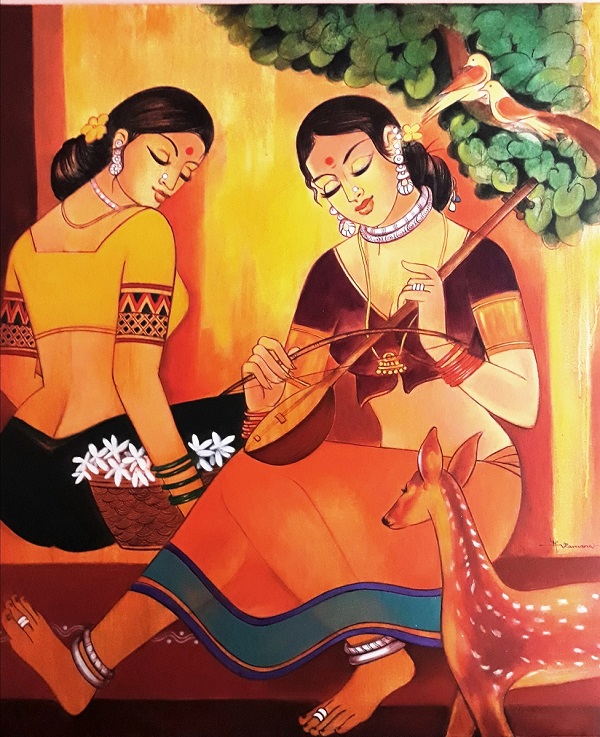
Impact of Modernization on Traditional Art
Traditional art has been profoundly impacted by modernity, which has combined age-old techniques with cutting-edge creations. By reinterpreting traditions like Madhubani and Tanjore art, creators can reach a wider audience because of technological breakthroughs like digital artwork and 3D printing technology. Cultural changes have given rise to hybrid art forms, which combine contemporary design with classic elements. For instance, modern fashion creates a distinctive fusion of the past and present by incorporating traditional Indian needlework, such as Phulkari, into contemporary designs. Through these changes, traditional art is able to progress while maintaining its rich history, which guarantees its continued relevance in the fast-paced world of today.
Interesting Blog: The Evolution of Art through Traditional and Acrylic Paintings
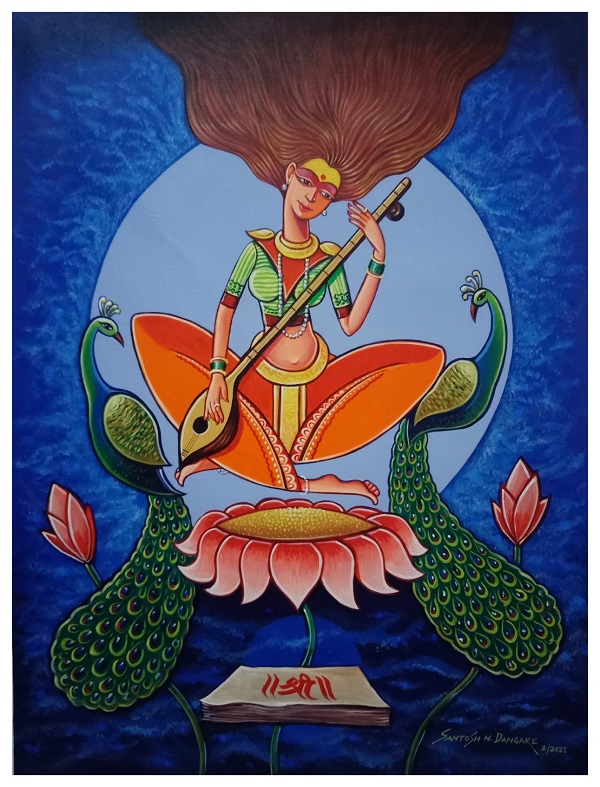
The Enduring Legacy of Saraswati Paintings
Indian traditional art has long adored Saraswati, the venerated Hindu goddess of learning, singing, and the arts. goddess Saraswati was meticulously and accurately portrayed by ancient artists, who frequently portrayed her sitting on a lotus and carrying a veena (a classical musical instrument), a book, and a chain of rosaries. With each element standing for knowledge, insight, and spiritual enlightenment, these paintings were rife with symbolism. These artworks are not simply beautiful treats but also profound meditations because of the way that the goddess' divine beauty and grace have been captured via the use of vivid colors, intricate designs, and tranquil expressions.
Saraswati's creative portrayals changed over time, adopting modern elements while preserving their ancient origins. Saraswati has been reinterpreted by contemporary artists in a variety of ways, fusing ancient and contemporary components. Saraswati's image has been revitalized by digital art, multimedia work, and conceptual interpretations, which have guaranteed her relevance in today's artistic environment and made her accessible to a worldwide audience.
These modern Saraswati paintings bridge the gap between antiquated customs and current inventiveness by celebrating the goddess' everlasting spirit. Their ongoing appeal can be attributed to their flawless fusion of artistic creativity, culture, and dedication.
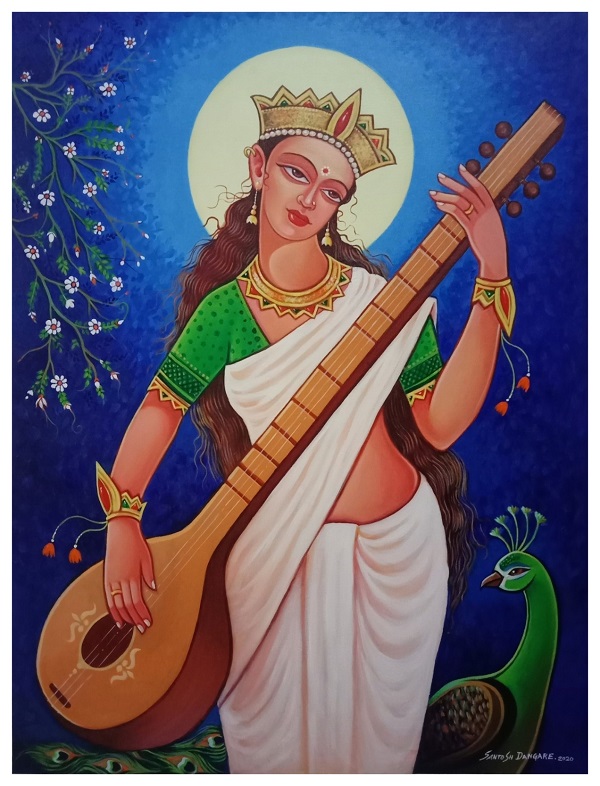
Interpreting Saraswati Paintings in Contemporary Context
Saraswati paintings have a profound cultural resonance in today's world because of its deep spiritual resonance and ancient symbolism. Though based on classic motifs like the lotus and veena, modern renditions give these ageless ideas new vitality. Saraswati's tranquil demeanor is infused by contemporary artists with vivid hues and abstract shapes, fostering a conversation between the past and present.
Saraswati paintings provide a link between tradition and innovation in today's artistic scene by providing insights into the timeless values of wisdom, creativity, and knowledge. In addition to respecting cultural legacy, these pieces of art encourage younger generations to delve further into spirituality and artistic expression. Saraswati paintings continue to enthrall and deepen our awareness of beauty and devotion in a world that is changing quickly because they skillfully mix traditional iconography with contemporary artistic sensibility.
Challenges and Innovations in Traditional Art Preservation
Challenges:
Globalization: Traditional art forms face extinction as a result of increased exposure to global tendencies.
Digitalization: The digital age presents obstacles for traditional craftspeople who want to promote and sell their products on Internet platforms.
Financial constraints: Insufficient funding and consumer demand present problems for sustainability.
Innovations and Initiatives:
Cultural Revitalization Programmes: Initiatives to reinvigorate interest through festivals, workshops, and educational programs.
Digital Archiving: The process of digitally preserving and digitizing traditional artworks for future use as archives and to make them more widely accessible.
Collaborative Partnerships: Promoting and showcasing traditional art through partnerships with museums, colleges, and non-governmental organizations.
Artisan Support Networks: Building cooperatives and internet forums to facilitate direct communication between artists and consumers is known as an artisan support network.
Read More: Why Traditional Art Holds a Special Place in Indian Heritage?
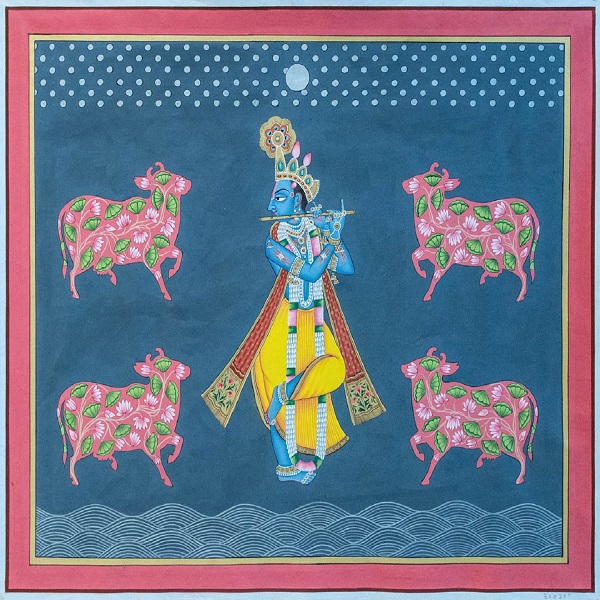
Conclusion:
In summary, the modern evolution of traditional art shows a dynamic path of innovation and adaptation while protecting cultural legacy. From the elaborate workmanship of classical civilizations to the prehistoric cave paintings, traditional art forms have persisted through the ages, enhanced by modern influences and technological advancements. This development demonstrates the enduring strength and allure of traditional art, connecting the past and present to motivate coming generations.
This dual essence is embodied by traditional art forms like Saraswati paintings, which serve as both objects of devotion and artistic expression. Saraswati, the goddess of arts and knowledge, is a representation of originality, insight, and cultural diversity. Her depictions of heavenly grace not only improve spiritual relationships but also fascinate viewers with their rich themes and vivid colours.
It is imperative that we value and conserve traditional art forms as we look to the future. They act as moving reminders of our cultural identity and provide insights into our shared past. We guarantee the longevity of Saraswati paintings and other traditional artworks in our globalised world by promoting their recognition and support. Cultural diversity and artistic expression are valued as fundamental aspects of the human experience.











